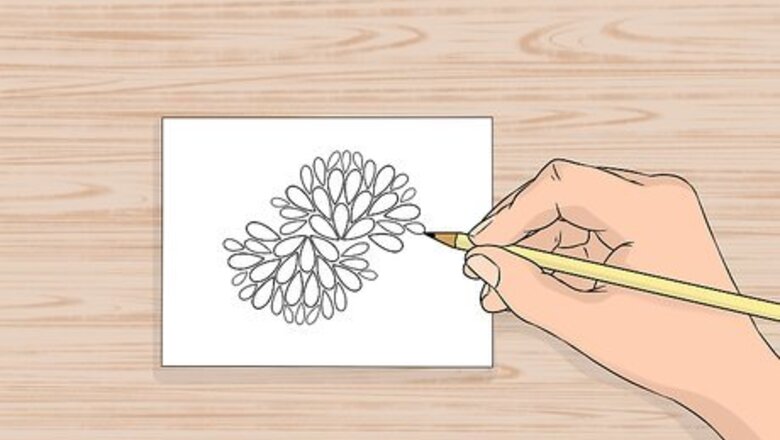
views
Making a Stencil
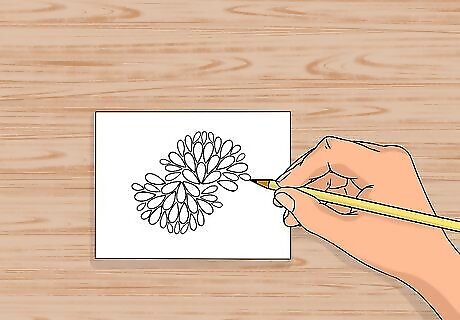
Draw the design you want to etch. Blank vinyl pieces can be bought at a craft store. Use a pencil to outline your design on the non-adhesive side. Some vinyl has an adhesive backing. Non-adhesive stencils can also be used but must be taped with an adhesive. Your design can be anything you want, such as a bird, a tree, or letters, but remember that what you draw will be cut out and this shape will be what’s etched on the glass. Patterned stencils may also be available, ordered online, or designed and printed. For letters, instead of using a stencil, you can etch around tape letters.
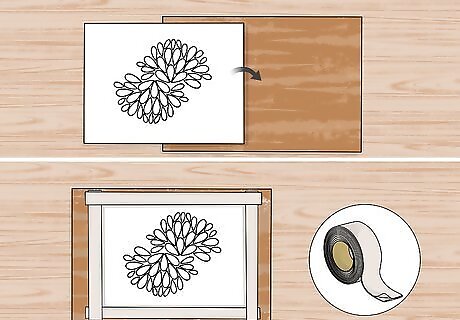
Place your stencil over vinyl shelf liner. This is only necessary if your stencil cannot adhere directly to the glass. Get a piece of vinyl larger than your stencil. Set the stencil in front of it, then secure the stencil to it by applying tape over the stencil’s edges.
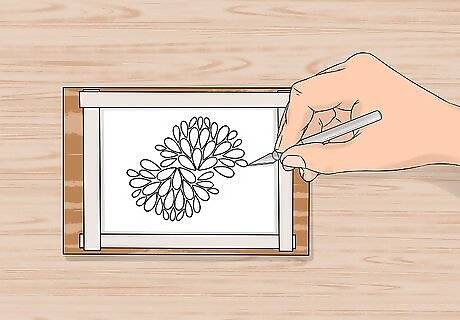
Cut the stencil with a knife. Using an X-acto knife or other sharp knife, cut out your design along the outlines you made. Hold the blade upwards so only the tip touches the stencil. Remove the parts you want to be etched into the glass, taking care not to tear the surrounding space.
Attaching the Stencil to Glass
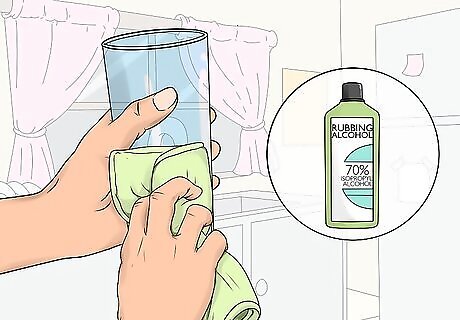
Clean the glass with rubbing alcohol. While glass cleaners such as Windex can be used, these may leave a residue that causes uneven etching. Isopropyl rubbing alcohol will remove all debris and fingerprints. Grip the glass in a place that won’t be etched and use a fresh, soft cloth to spread the cleaner and dry the glass.
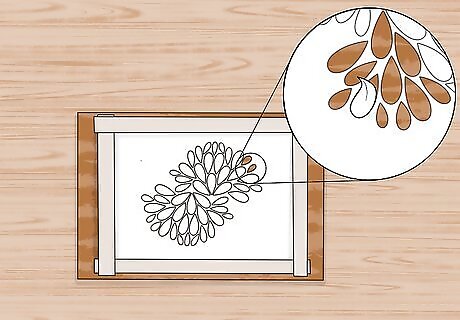
Peel the backing off the vinyl. When using vinyl shelf liner or a stencil with an adhesive backing, peel off the back surface. Bring the stencil up to the area you wish to etch, then use the adhesive to attach it to the glass. If you’re using tape to create letter outlines, tape the letters and then cover the rest of the glass you don’t want to etch.
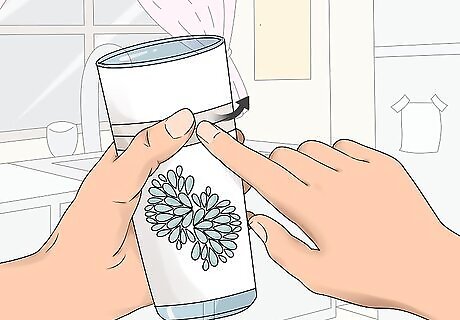
Smooth out the tape. Whatever adhesive you use, check it over for bubbles. Any raised areas of tape can ruin the etching since the cream will get in there. Run a smoothing tool over the tape to flatten it. Something sturdy, such as a plastic gift card, works well.
Using the Etching Cream
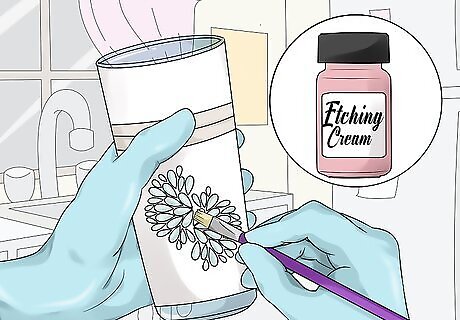
Spread etching cream over the stencil. Only the area you want to be etched should be covered. Use a paint brush or popsicle stick to spread a thick, even coating over the area. Wear gloves to prevent any of the irritating cream from getting on your skin. EXPERT TIP Joy Cho Joy Cho Designer & Style Expert, Oh Joy! Joy Cho is the Founder and Creative Director of the lifestyle brand and design studio, Oh Joy!, founded in 2005 and based in Los Angeles, California. She has authored six books and consulted for creative businesses around the world. Joy has lectured on business, leadership, and entrepreneurship at conferences and companies such as AltSummit, Pinterest, Target, and Hallmark, while her home and studio have been featured in magazines such as House Beautiful, Parents, and Domino. She has also been named one of Time's 30 Most Influential People on the Internet multiple times and has the most followed account on Pinterest with more than 14 million followers. Joy Cho Joy Cho Designer & Style Expert, Oh Joy! Make sure you stick to the outline of the stencil. You don’t want the etching cream to bleed underneath the design. Some stencils require you to hold them down to keep it defined at the edge.
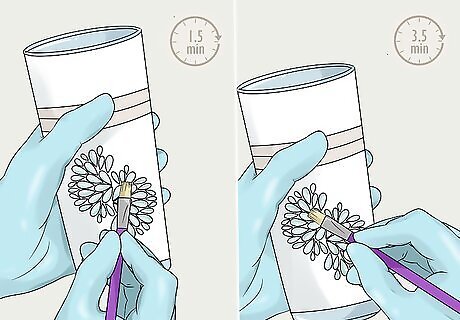
Stir the cream twice over five minutes. For a more pronounced etching, use your brush to move the cream on top of your stencil. At about the 1 ½ minute and 3 ½ minute marks, do this to break up air pockets that will cause uneven etching.
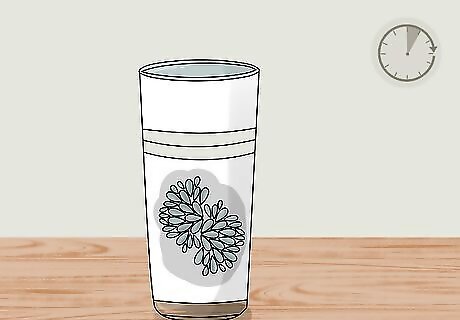
Leave the cream for five minutes. Overall, including stirring, the cream needs to stay on the glass at least five minutes. If you remove the cream before five minutes,your design will appear lighter. After five minutes, you won’t notice much more improvement in the etching.
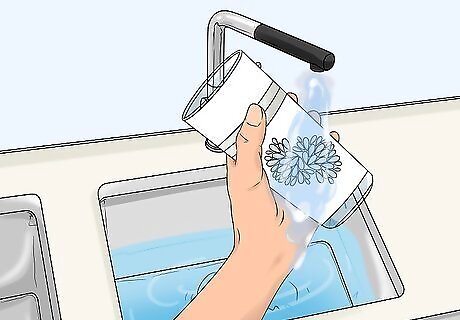
Rinse off the cream with water. Hot water from a faucet will remove the cream while loosening the tape. If you have a ceramic sink or are worried about your plumbing, dip the glass in a clean bucket of water and use a clean cloth to make sure all the cream is gone.
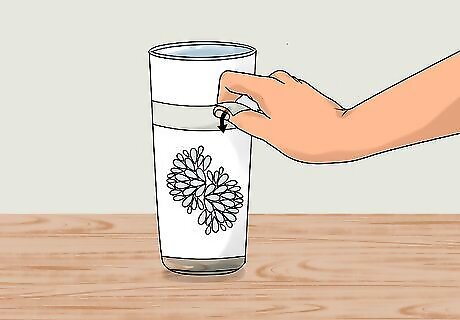
Remove the vinyl. Peel back the adhesive you used. A hook-shaped tool can be used to attack the corner of stubborn tape. To avoid scratching the glass, avoid pointing any sharp object at it.
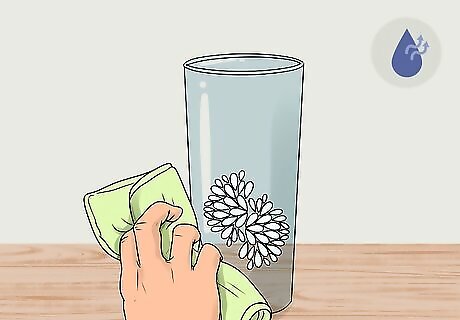
Dry off the glass. Wipe off any moisture with a clean cloth. Your etching will be finished. It is permanent, so the glass can be used safely and washed in a dishwasher.



















Comments
0 comment